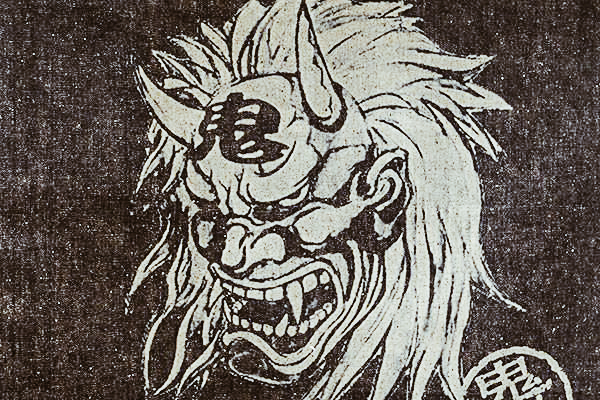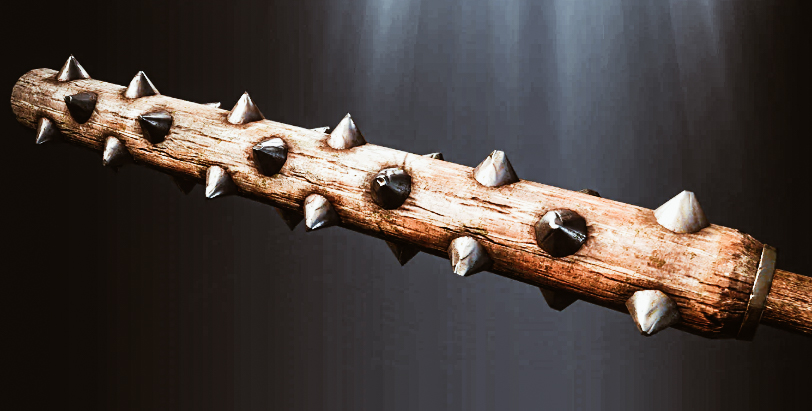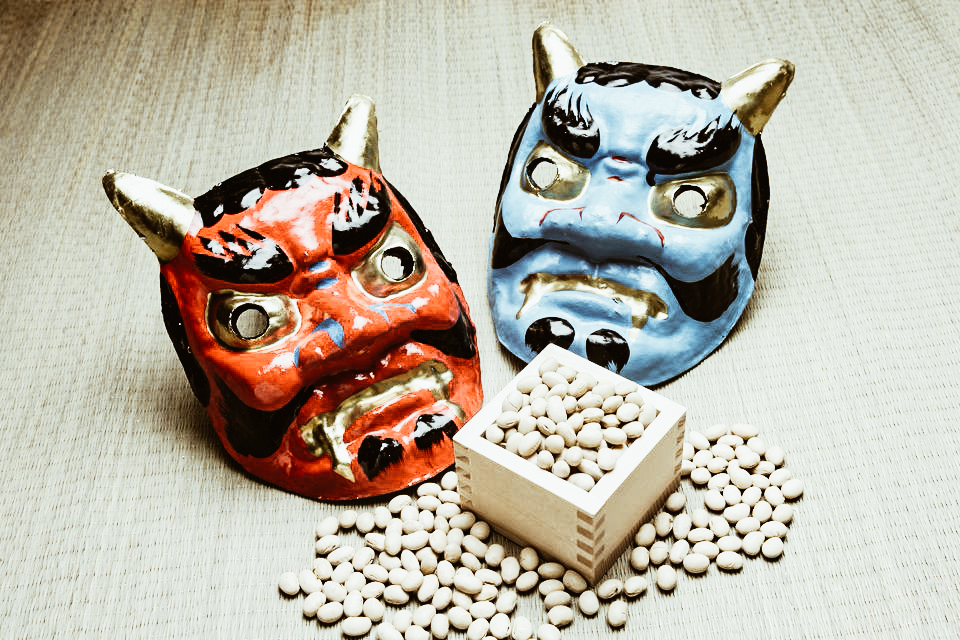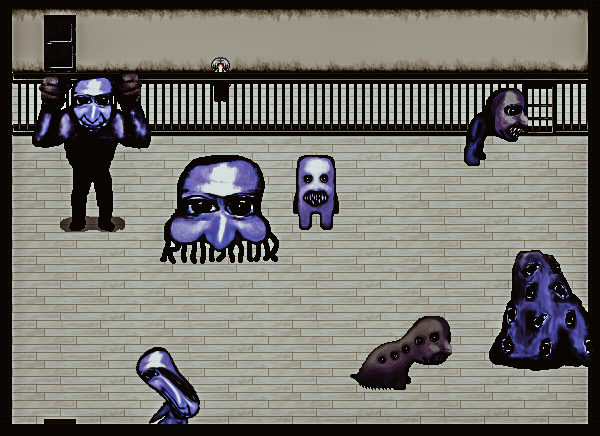Japan Folklore: Oni
Oni, yōkai in Japanese folklore
From a benevolent creature to an evil one. This is the slow transformation of the Oni (鬼), the Japanese mythological creatures that we Westerners call “demons”, “trolls” or “orcs”.

photo credits: tateandyoko.com
Before the Heian era, the Oni were good spirits able to ward off evil. However, during this era, they were relegated to the role of guardians of hell or torturers of damned souls. An example of this is the aka-oni (red demon) and the ao-oni (blue demon) described in the Buddhist tradition, which take on a negative connotation and become spirits to be kept away. In fact, they are considered as carriers of misfortune or agents of natural disasters.
Their appearance is certainly not reassuring. In fact, they are said to have animalistic and monstrous features, sometimes with many eyes and colored skin (red, blue, black, pink or green). They can also be clawed, wear tiger skin and carry kanabō (金棒, literally: “metal stick”, a spiked war bat used in feudal Japan by the Samurai).

photo credits: forhonor.ubisoft.com
Demon Get out! Luck get inside!
In the Nara era, to avert the disasters that these spirits could provoke, people used to practice oniyarai (追儺), a ritual aimed at driving out the demon.
On the last day of each year, a person used to dress in the demon’s clothes and was chased away with peach bows and reeds. Over time this custom turned into the Setsubun celebrations, in which people throw soybeans out of the house saying: “Oni wa soto! Fuku wa uchi! “(Oni out! Luck inside!).
Despite being considered evil spirits, in tradition, there are still traces of their benevolent nature. We find these during the parades when some men wear the Oni costume to ward off bad luck. They are also depicted on the tiles of some buildings for the same reason.

photo credits: tripsavvy.com
The many curiosities of modern culture
Today we meet these demons not only in folkloristic stories and nursery rhymes for children but also as protagonists of proverbs! In fact, it is said that “Even in the eyes of the oni tears arise” (鬼の目にも涙) to indicate that even the hardest heart sometimes feels pity. Another proverb is “The wife of an oni becomes an oni divinity” (鬼の女房鬼神がなる) which refers to our “disciple surpasses the master”.
Of course, it was unthinkable not to use such a particular figure in animes and mangas! There are endless references to these spirits, and one of the most famous and well-known is Lamù, the main character of Rumiko Takahashi’s manga. But it is not the only one. In fact, even in The Blue Seal by Chie Shinohara the Queen of the Oni is the protagonist. There is also Shutendoji by Gō Nagai whose work title refers to the legend of an oni of the same name.
Among the most played and entertaining horror/adventure video games we cannot forget Ao Oni. Here the main antagonist is a blue demon whose anime adaptation was broadcast in Japan between October 2nd, 2016 and January 8th, 2017. The 13 3-minute long episodes were also streamed in Italy under the title Aooni The Blue Monster (あおに〜じ・あにめぇしょん〜). Despite its simplicity, Ao Oni is terrifying thanks to the background music that gives the videogame the right scary atmosphere!

photo credits: giantbomb.com
Share this:
- Click to share on Facebook (Opens in new window)
- Click to share on Twitter (Opens in new window)
- Click to share on Tumblr (Opens in new window)
- Click to share on Pinterest (Opens in new window)
- Click to share on Telegram (Opens in new window)
- Click to share on WhatsApp (Opens in new window)
- Click to share on Reddit (Opens in new window)
- Click to print (Opens in new window)






